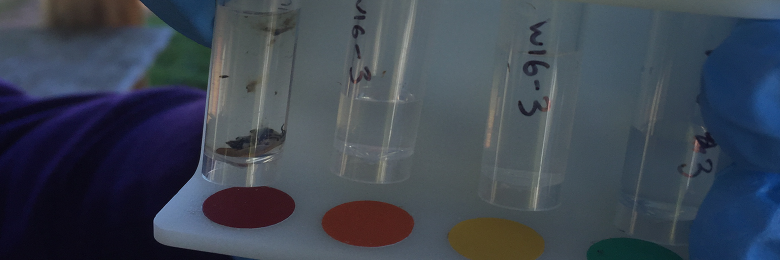
Written By: Biomeme Staff
Lyme disease is the most common disease spread by ticks in the Northern Hemisphere. The Centers for Disease Control and Prevention estimates that about 329,000 people are found to have Lyme disease in the US each year.
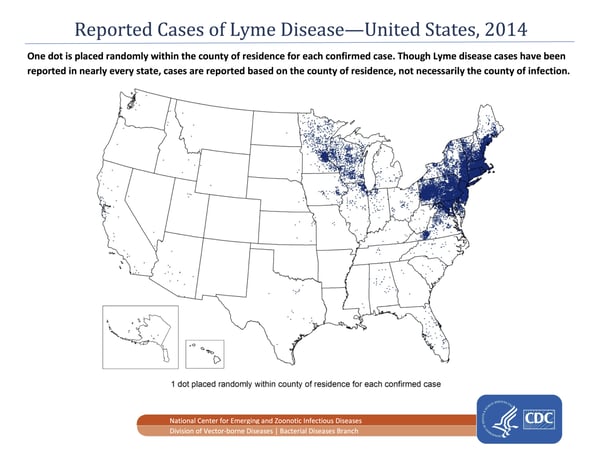 Lyme disease is caused by the bacterium Borrelia burgdorferi transmitted by Ixodes scapularis, a deer tick. As many as 50% of infected people don’t develop any visible symptoms and many don’t realize they’ve been exposed to tick bites. When left untreated, infection can spread to joints, the heart, and the nervous system.
Lyme disease is caused by the bacterium Borrelia burgdorferi transmitted by Ixodes scapularis, a deer tick. As many as 50% of infected people don’t develop any visible symptoms and many don’t realize they’ve been exposed to tick bites. When left untreated, infection can spread to joints, the heart, and the nervous system.
 Dr. Amy Prunuske using our sample extraction kits out in the field.
Dr. Amy Prunuske using our sample extraction kits out in the field.
Biomeme’s mobile DNA detection technology has the power to bring tick identification and pathogen detection into the field to better forecast Lyme’s incidence across the US.
Dr. Amy Prunuske, an Associate Professor of Microbiology and Molecular Genetics at the Medical College of Wisconsin-Central Wisconsin, is using Biomeme’s rapid DNA detection platform to accurately identify deer ticks infected with Borrelia and other co-infecting agents. She is sampling ticks in Minnesota and using our technology to test for Lyme in her tick collection. She’s working closely with high school and college students to bring science out of the lab and into the field.
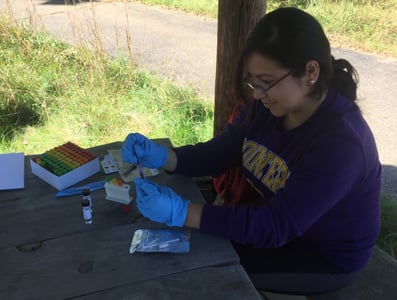
In under an hour, she is able to isolate tick DNA, run a real-time PCR test, and identify ticks infected with the Borrelia bacterium. Amy’s research work is also able to differentiate types of deer ticks and other tick-borne infections, such as tick-borne fever and Babesia. By providing rapid and accurate identification of Ixodes scapularis ticks carrying Borrelia burgdorferi, Anaplasma phagocytophilum, and Babesia microtii, Amy hopes to create a real-time view of vector and disease distribution.
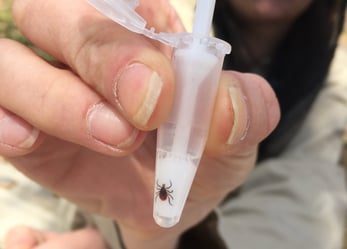
The next phase of Amy’s research will include validation of a new test to differentiate between the three most common tick species: Ixodes scapularis, Dermacentor variabilis, and Amblyomma americanum. The geo-tagged results can then be wirelessly uploaded to Biomeme’s web portal and mapped in real-time to facilitate data sharing.
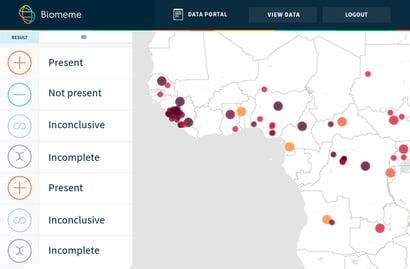 Example of Biomeme's web portal that has the power to map prevalence in real-time.
Example of Biomeme's web portal that has the power to map prevalence in real-time.
Get the latest tips from Biomeme shipped right to your inbox
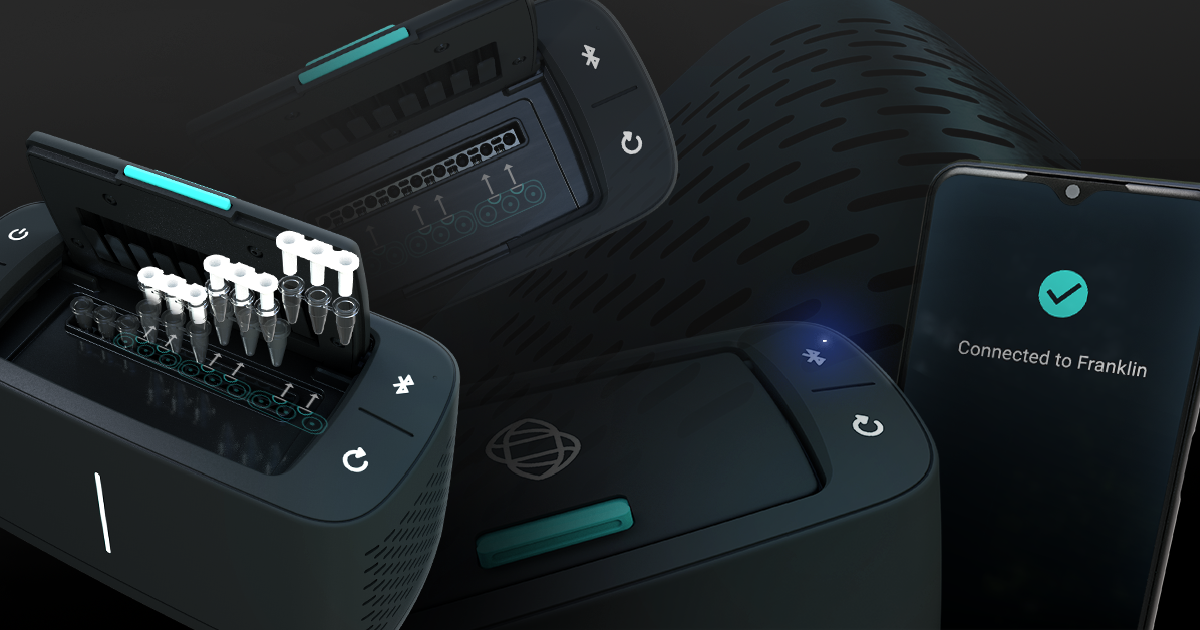
We have a very clear goal as a company: to improve global health for humans, animals, and the environment. We do this by creating technology that helps clinicians make informed decisions so that they...

Ania Tomaszewicz Brown, Denise McAloose, Paul P. Calle, Angelika Auer, Annika Posautz, Sally Slavinski, Robin Brennan, Chris Walzer, and Tracie A. Seimon developed a quantitative RT-PCR assay for...
401 North Broad St Suite 222 Philadelphia, PA 19108